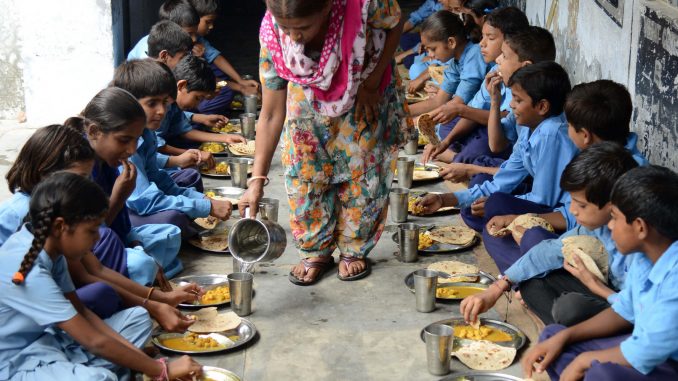
By K Srinath Reddy
A round half of under-five child deaths in India are linked to undernutrition. Susceptibility to a variety of infections, loss of cognitive potential and brain power, poor physical growth and low scholastic performance are the penalties of poor nutrition in childhood. Undernutrition in childhood also casts a dark shadow later in adult life, with low earning potential as well as a higher predilection for adult chronic diseases. At the same time, we can see the rising rates of overweight and obese children, especially in urban areas. This is associated with long-term diet-related heart diseases and diabetes.
More alarming is the fact that Type II diabetes, once an exclusively adult diet-related disease, is now occurring in children and teens. We must ensure healthy nutrition all through infancy, childhood and adolescence to avert diseases, and overall development of our children.Now, more than ever, we have a chance to shift the landscape and halt the burgeoning problem of childhood malnutrition in all its forms. The Sustainable Development Goals and United Nations Decade of Action on Nutrition have provided us with a renewed political commitment.
An analytic report, Foresight Report: Food systems and diets: Facing the challenges of the 21st century, published by the Global Panel on Agriculture, Food Systems and Nutrition, provides the scientific evidence to support shifts in policy priorities globally. The recently unveiled National Nutrition Policy also highlights the need for a coherent multi- sectoral response to address the goal of adequate, appropriate and affordable nutrition for all.Success, though, will require a fundamental change to our approach. The discourse has to change from just calories to balanced nutrition. Food systems must focus on diet quality and diversity, rather than merely on agricultural productivity.
To reshape our agriculture and food systems and make them more responsive to the nutrition and health needs of the population, we must break from our silos and connect policy makers across agriculture, food processing, trade, transport, environment and health sectors, bringing together coordinated action from governments, civil society academia and the private sector. Nowhere is this more important than in policies to provide healthy school meals. Locally-sourced school meals are a multiple-win opportunity for policy makers with benefits not only for a child’s nutrition, but for national socio-economic growth. School feeding programmes can also benefit local farming communities and stimulate local markets to produce and sell diverse, nutritious and sustainable foods.
Healthy, locally-sourced school meals can also empower vulnerable groups, enrich the community and generate jobs. In India, for example, nutritious fortified rice-lentil mixes for schools (Indiamix) are being produced by local women’s groups. School meals can also provide an important buffer during food shortages, or food price spikes. During a severe drought in India, children participating in the midday meals scheme did not suffer the declines in growth as demonstrated by children who did not participate. Evidence also suggests that healthy meals in schools, combined with nutrition education and physical activity, has the potential to mitigate the rising rates of overweight among children.
K Srinath Reddy President, Public Health Foundation of India
Source: The New Indian Express

Leave a Reply